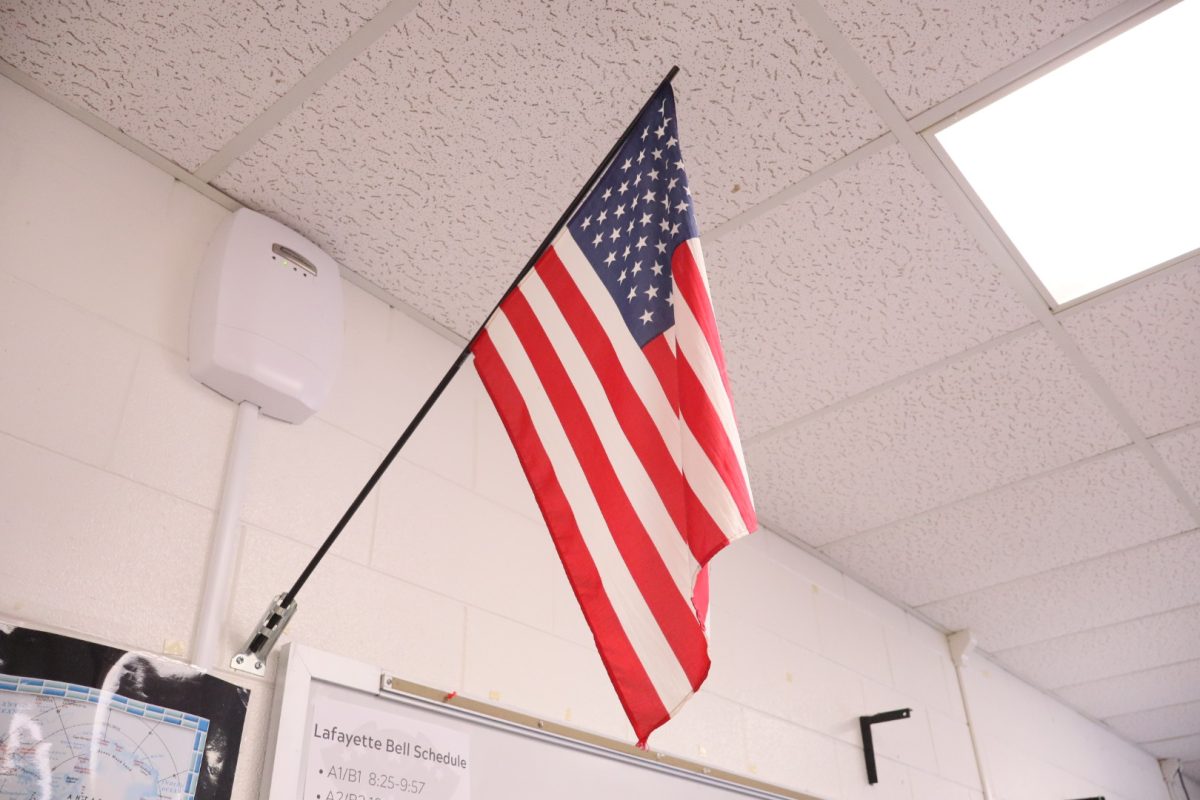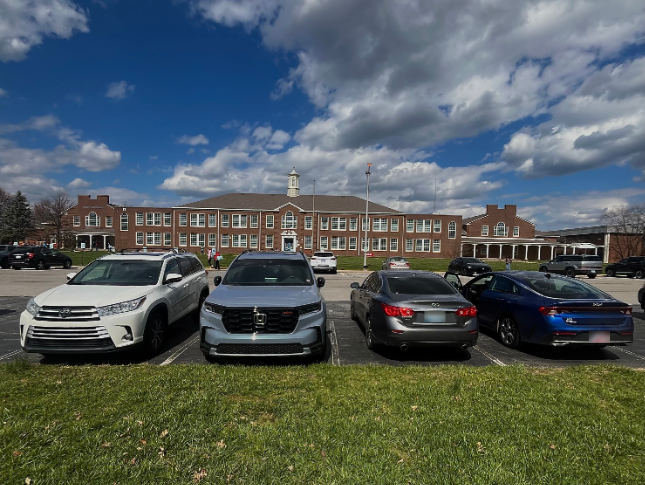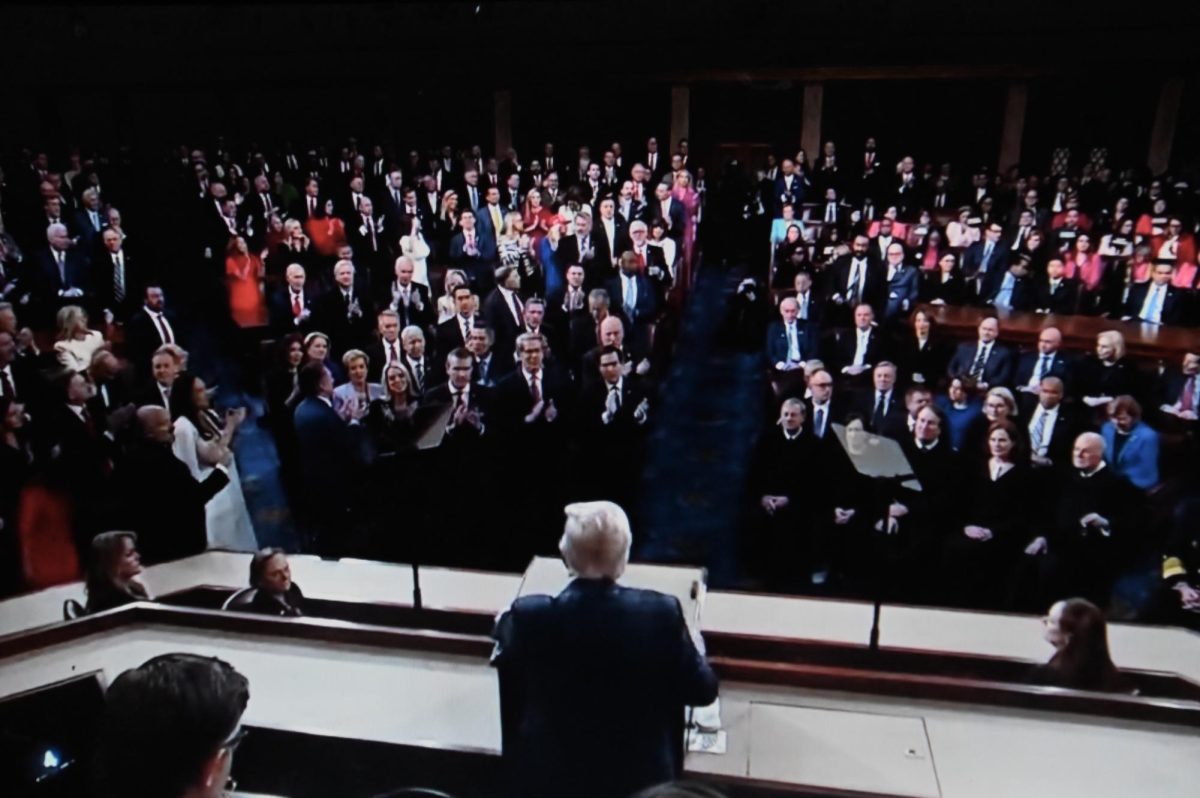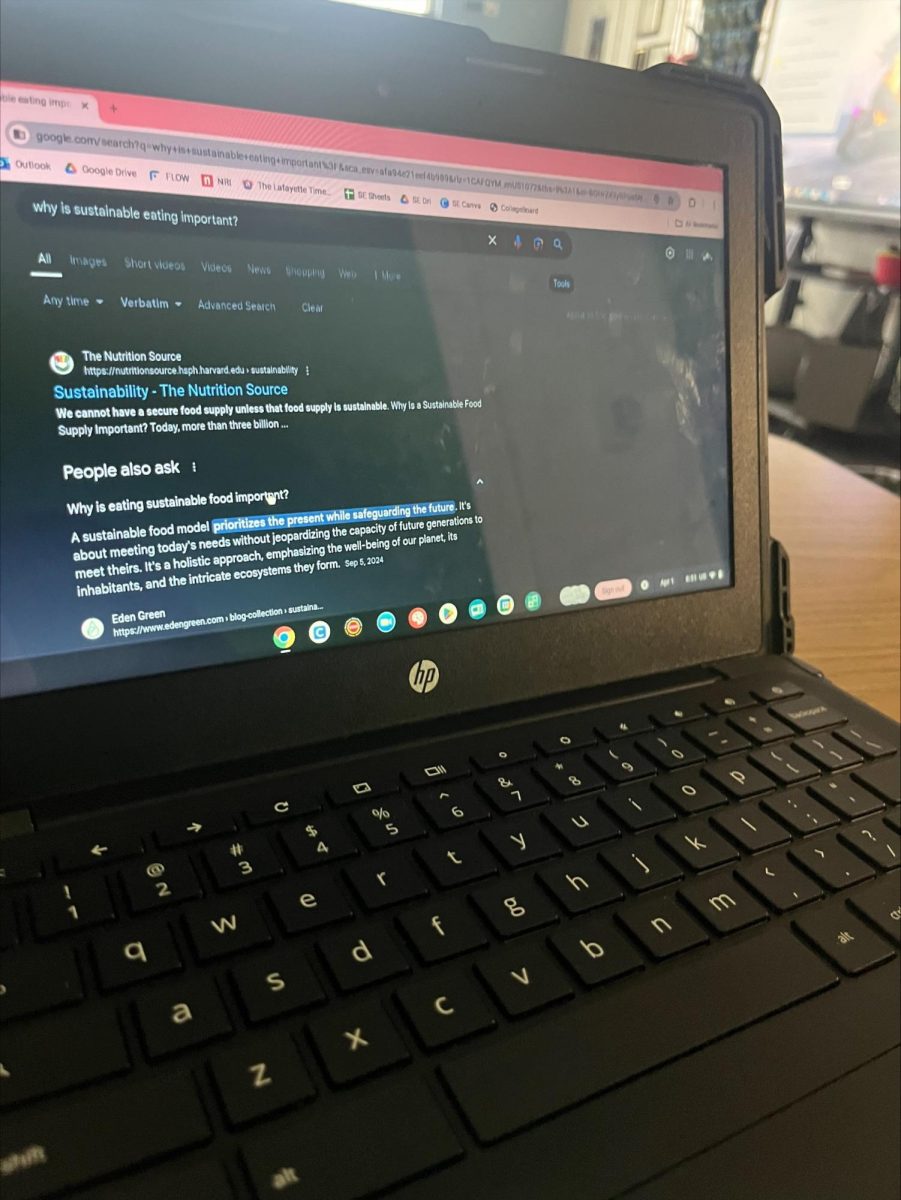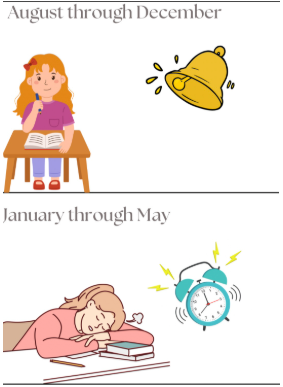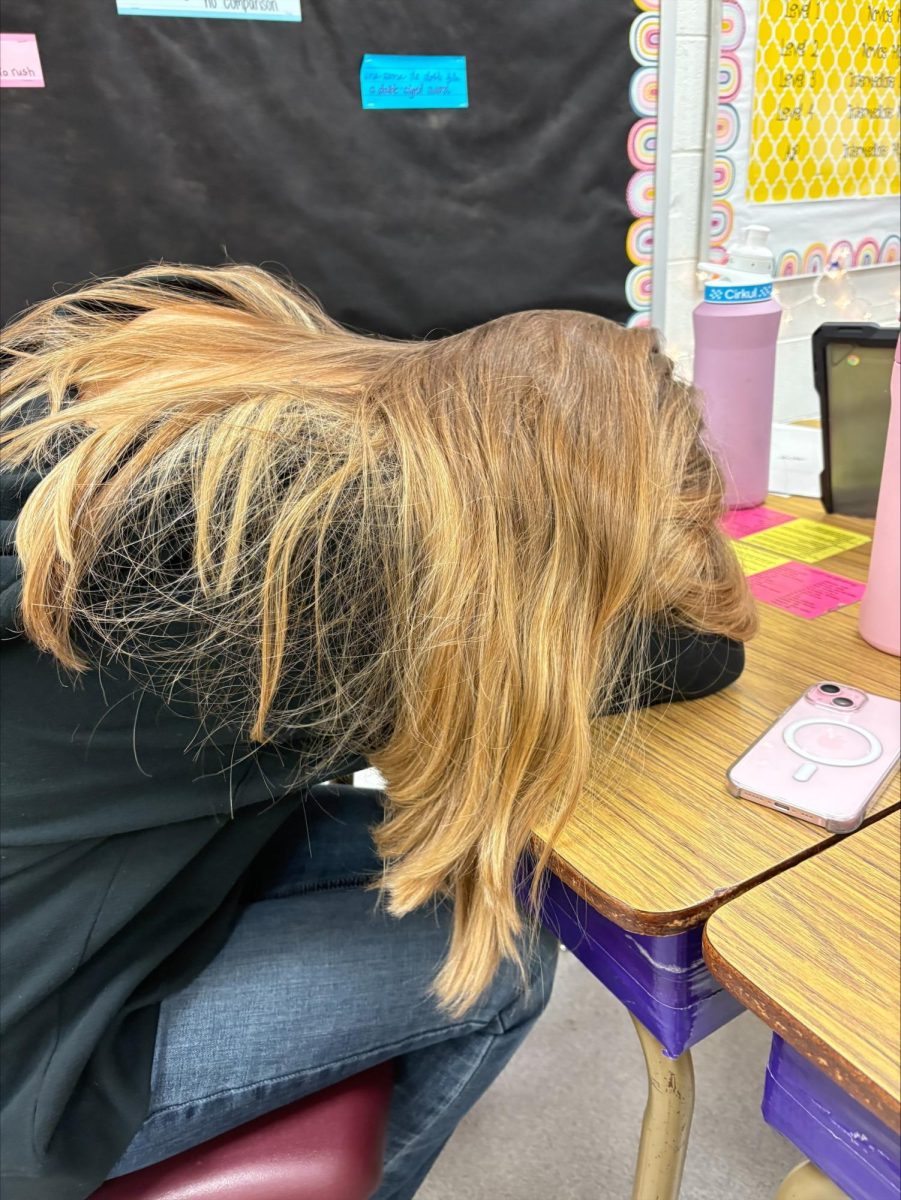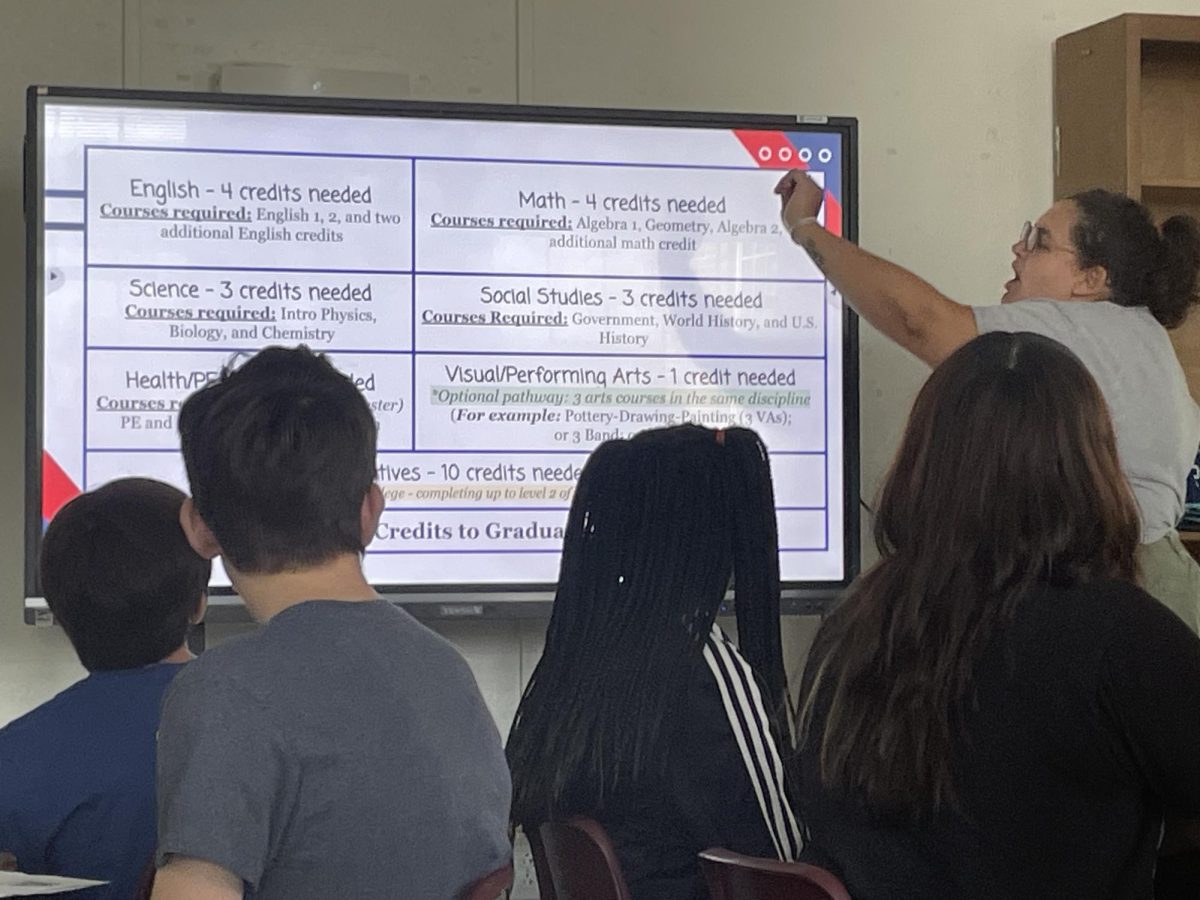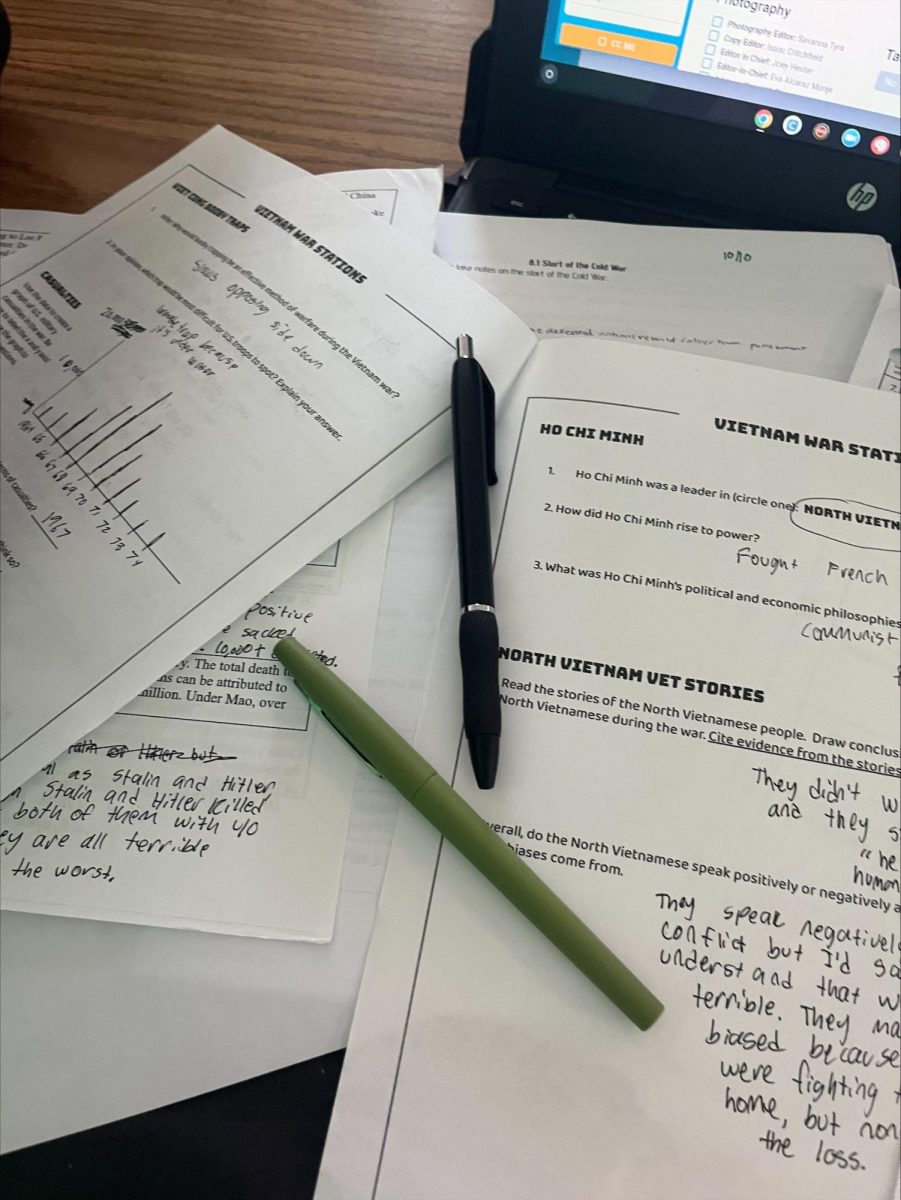In the busy hallways of American schools, the emphasis of education often lies on extracurricular activities and student choice. However, Israeli schools prioritize a rigorous academic schedule along with their country’s national values.
When asked about the main differences between the two school systems, 15-year-old Romi Ziv, a student at Hakfar Hayarok, an Israeli school, said, “We learn from Sunday to Thursday, while you learn from Monday through Friday. We only learn the main subjects, less unusual classes (electives).” Israeli schools focus more on their core subjects, which include history, literature, Hebrew, Torah, citizenship, math, and English. American schools typically feature four core classes and elective or choice classes.
Ziv then explained the differences between grade levels. She said, “It goes by the alphabet, so it goes Alef until Yud (Hebrew letters), and then for high school levels, it goes Yud (sophomore), Yud Alef (junior), and Yud Bet (senior).” In Israel, high school has three grade levels compared to the four found in the United States, although they still graduate high school at age 18.
Ziv also describes how Israeli students are much closer to their teachers than American students are. “We call our teachers by their first name, and we usually have their phone numbers,” Ziv states. This contrasts with American schools, where teachers are addressed more formally and communication is typically limited to email.
When asked how the difficulty of American and Israeli schools differ, 14-year-old Hallel Reis, who attends the school of Hanisui in Jerusalem, Israel, said, “I think it really depends on the school, but let’s say from what I hear the days are longer and you have different schedules for certain days, and football games.” In Israel, students do not attend sports events through their schools and do not have alternating schedules, such as Lafayette’s A and B days.
Lafayette High School sophomore Kayla Doctrow, who has spent time in Israel, told The Times, “I think a big difference in our schools is that Israeli schools do not have as much violence as we do.” When asked if the threat of school shootings was similar in Israel to those in America 15 year old, Alma Amichal, a student at Hitec High School in Holon, Israel, told The Times, “It is more of like an American thing, and it is crazy to us that guns are so like popular to have in America.” Students in America often have worries about school shootings and threats. However, students in Israel have more worries about violence outside of their schools.
The difference in school systems in the two countries is apparent, although they have some similarities. 15-year-old Ori Kabiri, who attends the school of Tevel in Ramot Jerusalem, Israel, states, “I think the two schools are pretty similar to each other except that most of the subjects in school are different, and we use public transportation.” American and Israeli schools differ significantly in their educational environments and approaches, but they can also be very similar.
The differences between the two school systems are apparent in grade levels, curriculum, after-school activities, relationships with instructors, and more. Although they are more similar than some people think, both types of schools aim to provide an education that sets students up for success in their countries while fostering friendships among their students. Despite their differences, these schools share a common goal of preparing students for future achievements and may be more similar than you may see with the naked eye.

